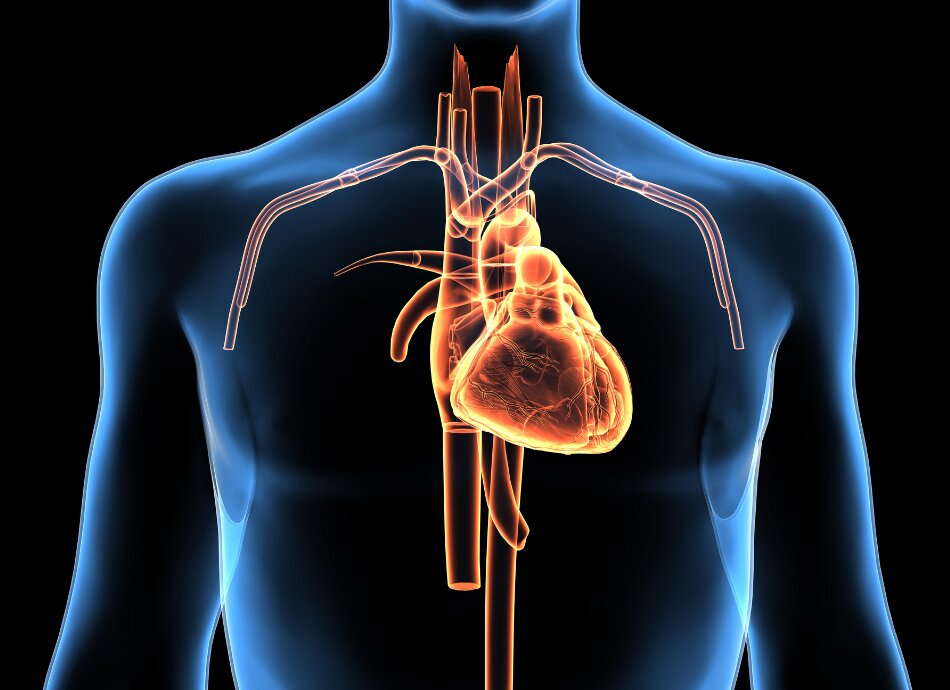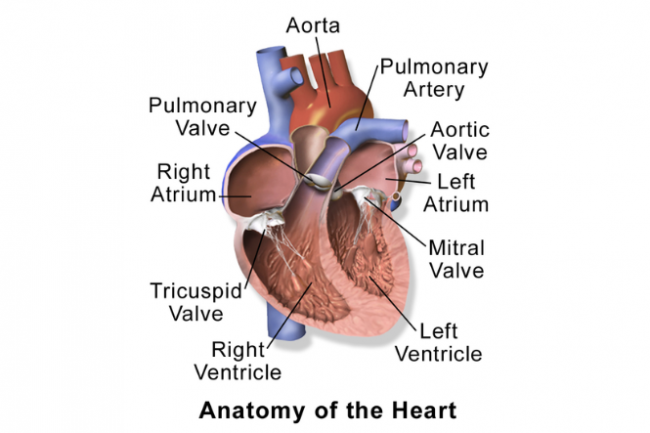The heart is a strong muscle which pumps blood throughout your body using a system of blood vessels, known as your circulatory system. Blood coming from the heart carries oxygen and nourishment (microscopic food) for your organs and muscles. Blood returning to the heart is pumped to the lungs to gather more oxygen, before making the journey around the body again.
The following animation about how the heart works:
(Heart Foundation NZ, 2016)







